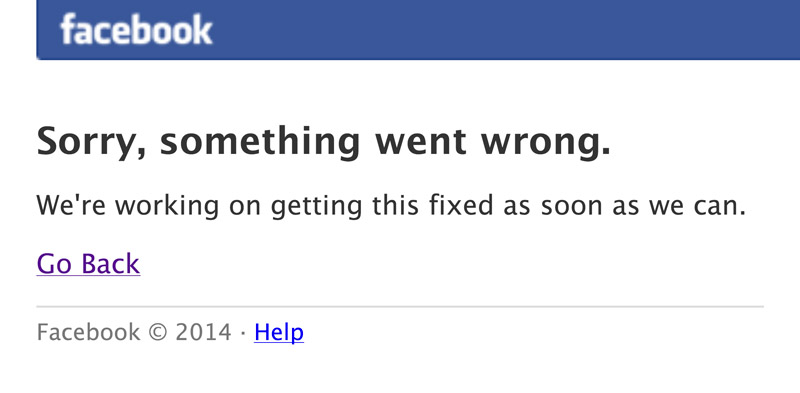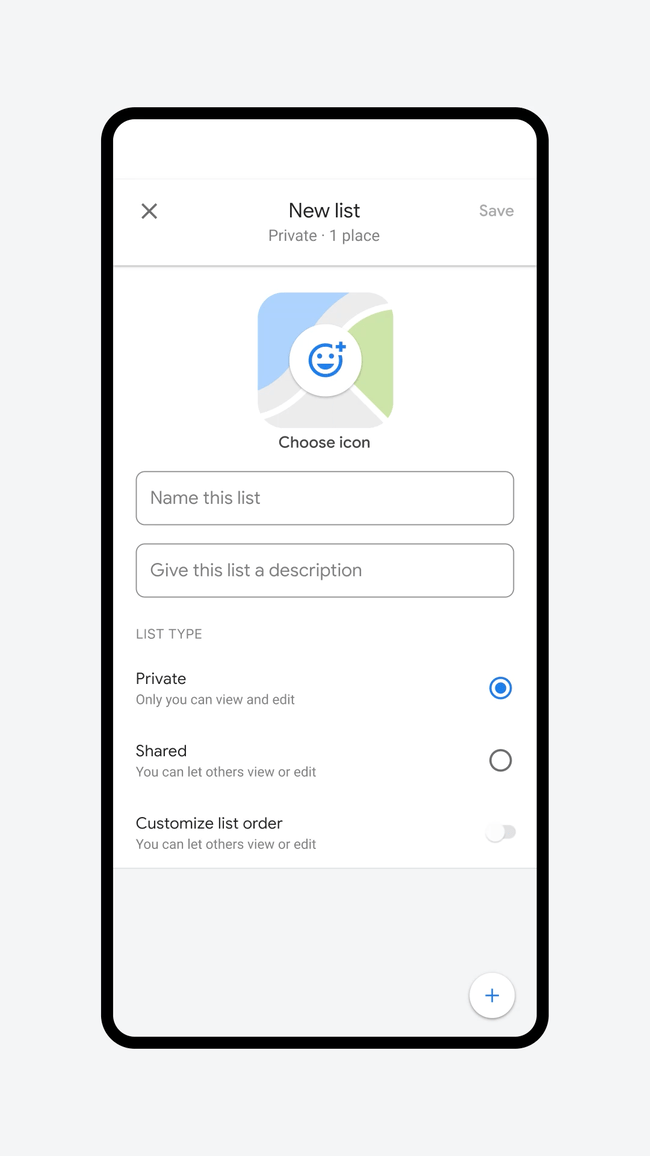Google Reveals Its Process for Handling EU Right-to-Be-Forgotten Requests
In response to the European Court of Justice’s May 2014 ruling, Google has released a detailed 13-page document outlining how it handles Right to Be Forgotten (RTBF) requests from European citizens. This move follows discussions with European data protection regulators and aims to increase transparency around the controversial process.
Key Insights Into Google’s RTBF Implementation
1. The Decision-Making Process
Google confirms it employs trained paralegals (not lawyers) to evaluate each request. The company emphasizes that economic interests don’t influence decisions—only the balance between:
- An individual’s privacy rights
- The public’s interest in accessing information
2. Notification of Publishers
One controversial aspect is Google’s policy of informing publishers when their content is de-indexed. The company defends this practice by stating:
- It maintains transparency
- Prevents potential abuse by compe*****s
- Aligns with regulatory expectations
However, this has led to unintended consequences, with some media outlets republishing stories about delisted content—effectively reviving the very information individuals sought to suppress.
3. Processing Times and Challenges
Google acknowledges significant challenges in implementing the ruling:
- No established average processing time due to backlog
- Complex judgment calls about what constitutes “outdated” or “irrelevant” information
- Difficulties assessing public figures vs. private individuals
Ongoing Developments and Public Debate
Google has formed an advisory council to examine the broader implications of privacy versus public interest. The council is currently seeking public input through evidence submissions.
What Remains Unclear
While Google shares processing statistics by country, the document reveals little about:
- The nature of typical removal requests
- Specific examples of granted/denied cases
- How different request types are proportioned
The focus remains squarely on procedural aspects rather than the human stories behind the requests—a strategic choice that keeps the debate technical rather than personal.
The Bigger Picture
This transparency effort comes as Google continues to navigate the complex implications of the EU ruling on its core business model. While the company frames the implementation challenges as substantial, critics argue this may be an attempt to highlight difficulties with the regulation itself.
Image credit: Horia Varlan via Flickr
📚 Featured Products & Recommendations
Discover our carefully selected products that complement this article’s topics:
🛍️ Featured Product 1: Boston Red Sox Active Full-Zip Hoodie
 Image: Premium product showcase
Image: Premium product showcase
Premium quality boston red sox active full-zip hoodie designed for professional use with excellent performance and reliability.
Key Features:
- Industry-leading performance metrics
- Versatile application capabilities
- Robust build quality and materials
- Satisfaction guarantee and warranty
🔗 View Product Details & Purchase
💡 Need Help Choosing? Contact our expert team for personalized product recommendations!










